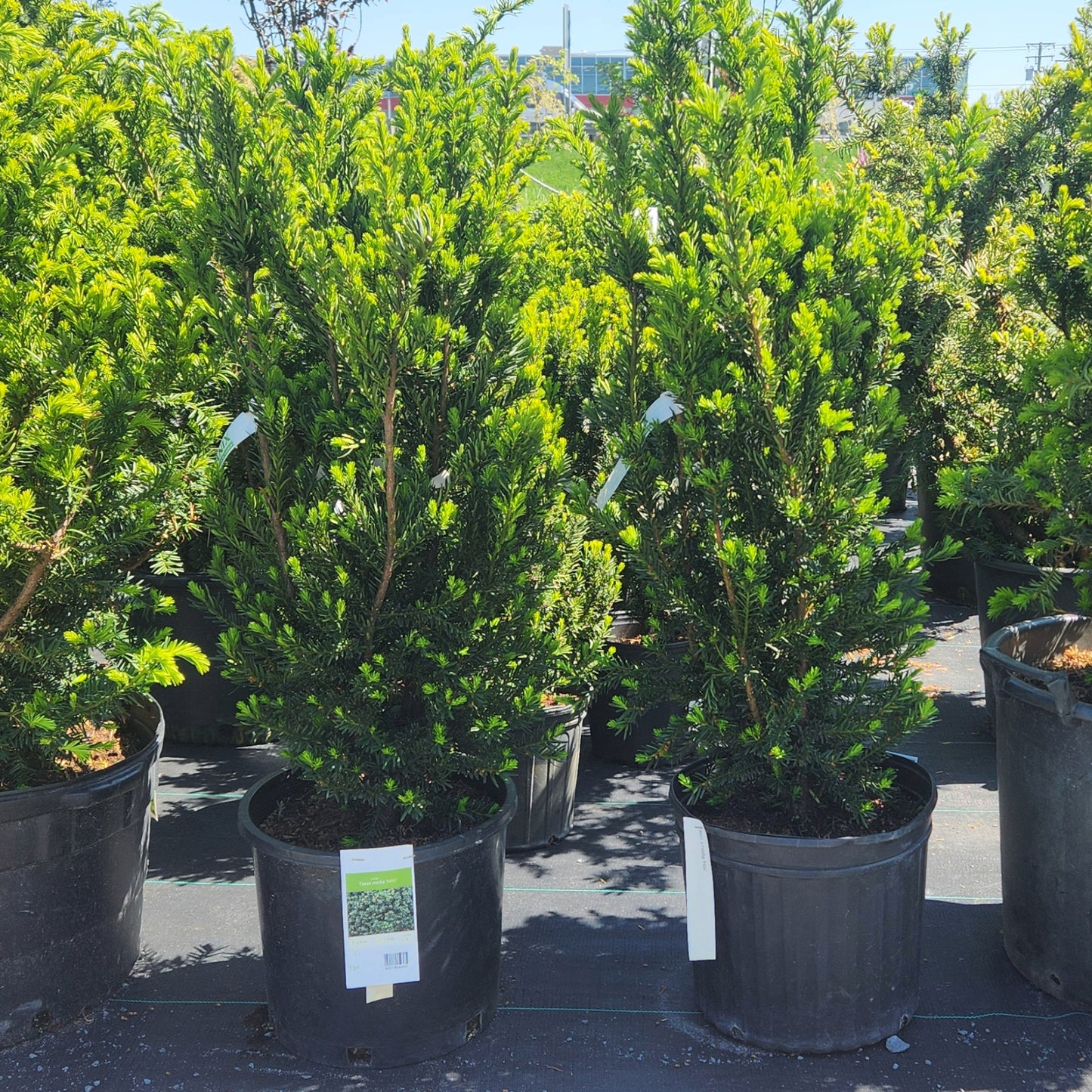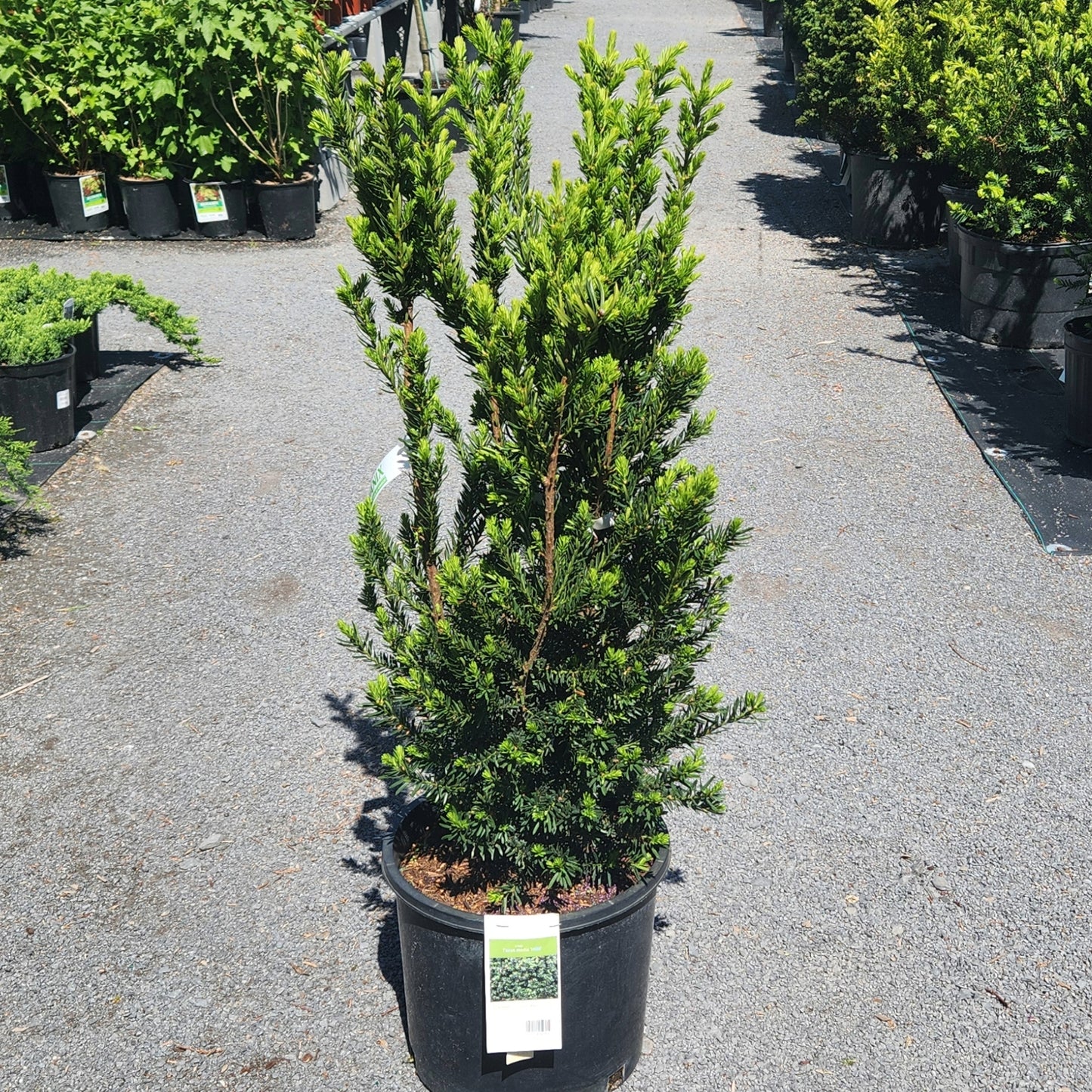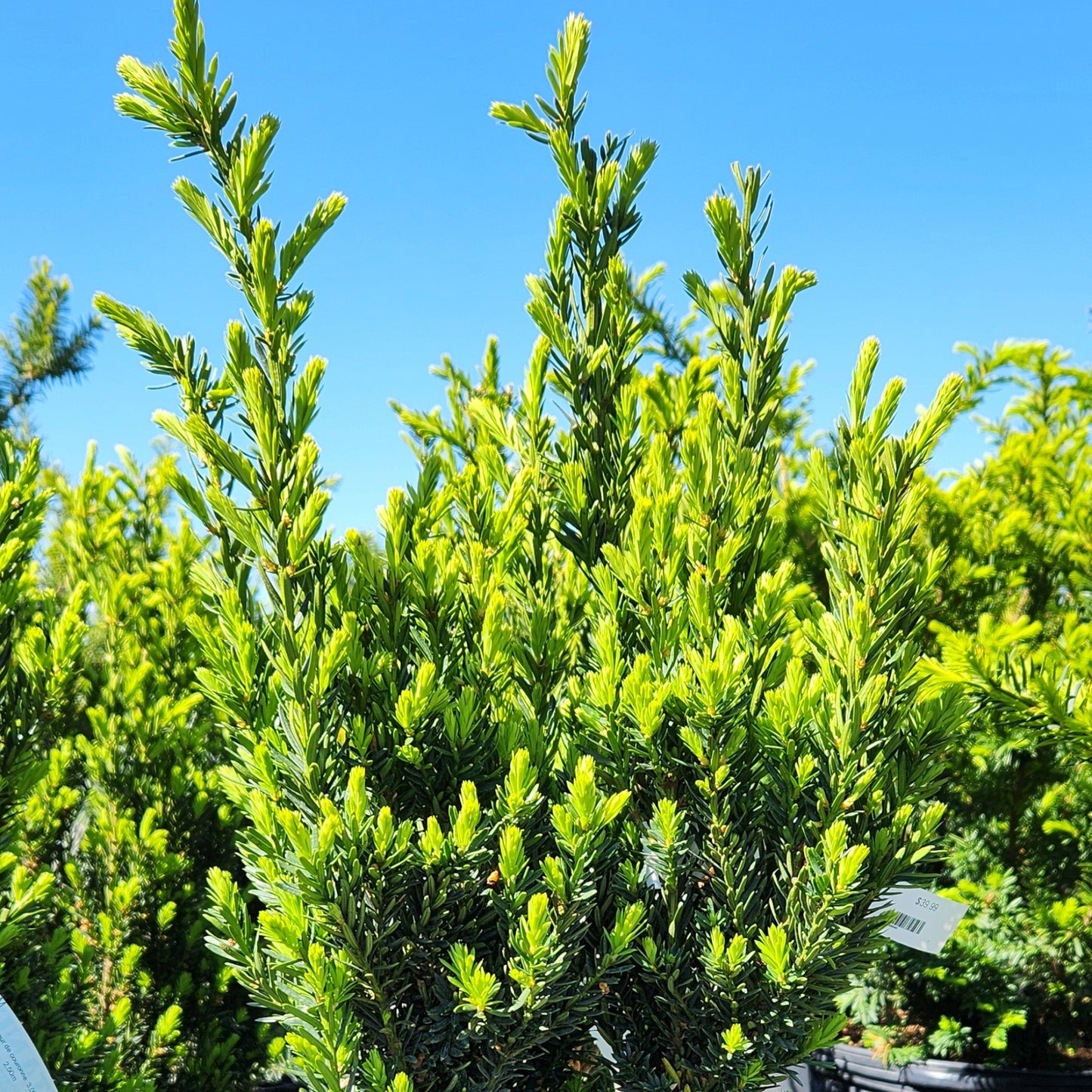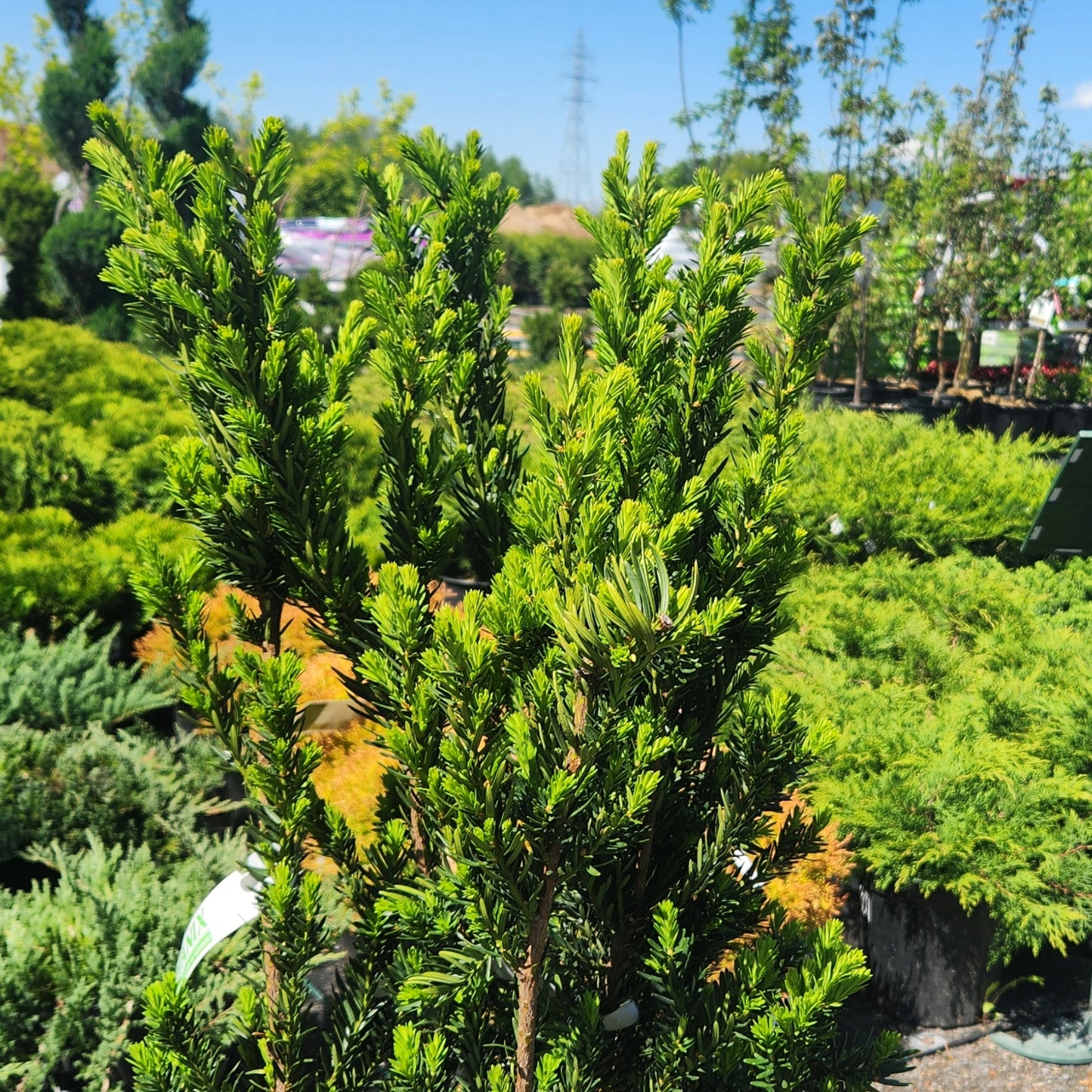Taxus x media 'Hillii'
Taxus x media 'Hillii' – Hill's Yew
Taxus x media 'Hillii' – Hill's Yew
Exposure
- Sun
- Partial shade
- Shade
- Shade-loving conifer
- Dense, narrow, columnar habit
- Ideal for formal hedges
- Tolerates heavy pruning well
- Evergreen foliage
Hill's Yew is a choice shrub for landscaping, recognized for its great versatility and impeccable structure. This evergreen conifer stands out for its dense, columnar habit and its remarkable ability to thrive even in deep shade, a rare feature for conifers. Its high tolerance for pruning makes it an ideal candidate for creating formal hedges, privacy screens, or even topiary.
Characteristics
- Foliage: It displays fine-textured evergreen foliage, composed of small, rich dark green needles. In spring, new light green shoots create a bright and attractive contrast with the older foliage.
- Flowering: It produces an insignificant flowering. Being a male selection, this yew does not develop any red berries.
- Light: It performs equally well in full sun and full shade. However, it's best to avoid very hot and dry situations, like direct afternoon sun against a white wall.
- Habit: It develops a naturally narrow, fastigiate (columnar), and dense habit, with branches that ascend sharply. Its base remains full right to the ground, eliminating the need for facer plants.
- Growth: Slow. It is a very long-lived shrub that can live for 50 years or more. It reaches a height of 2.5 to 3 m (8-10 feet) and a spread of 1 to 1.25 m (3-4 feet).
- Moisture: It prefers average and consistent moisture conditions.
- Soil: It adapts to most soil types and pH levels but absolutely will not tolerate waterlogged or poorly drained soils.
- Hardiness: Hardy to Zone 4. It appreciates a location that is relatively sheltered from drying winter winds.
- Watering: It requires average watering, especially while establishing. It does not tolerate standing water.
- Resistance: It handles urban pollution very well. Note: Unlike many yews, it does not seem to be deer resistant.
Uses
- Types of Use: It is the quintessential choice for creating dense hedges or privacy screens. Its columnar form also makes it an excellent vertical accent in a border, in mass plantings, or for foundation plantings.
- Ornamental Features: It offers structure, colour, and a refined texture to the garden all year round. Its formal, dense shape brings a touch of elegance and can be pruned into a topiary for an even more spectacular effect.
Care
- Fertilizing: Apply a conifer fertilizer in the spring to encourage healthy growth.
- Pruning: Its maintenance is minimal. It tolerates pruning admirably well and can be trimmed at any time of year to maintain a precise shape or simply to control its size. It can also be left to grow freely for a softer texture.
- Planting: Choose a location that will protect it from strong winter winds. Applying mulch at its base and installing a burlap wrap are recommended in very exposed locations to prevent winter dehydration. All parts of this plant are toxic to humans and domestic animals.
Plant details
Dimensions
Dimensions
Characteristics
Characteristics
Habit:
- Columnar
- Fastigiate
Flowering colours:
Plant needs
Plant needs
Watering:
Maintenance:
- Easy
- Winter Protection
Soil requirement:
Features
Features
Resistance:
Attract:
- Birds
Use:
- Mass Planting
- Hedge
- Landscaping
- Isolated
Attribute:
- Evergreen foliage
Related articles
-
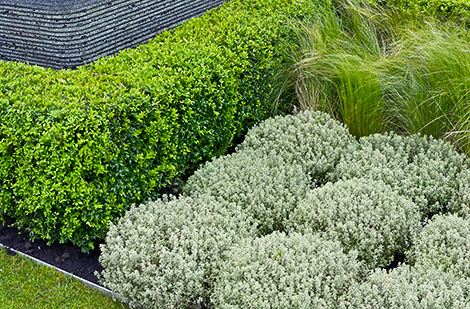
Hedge – other shrubs available
Read the articleCréez une haie mixte, composée de différentes espèces d’arbustes comme le buis, le saule et la spirée japonaise. Donnez du style à la cours arrière.
-

Should Trees, Shrubs, and Conifers be Pruned in...
Read the articleFall is a transition period for plants, as they prepare for the harsh winter. Some benefit from an autumn pruning, while others risk being weakened before the winter. It is...
-
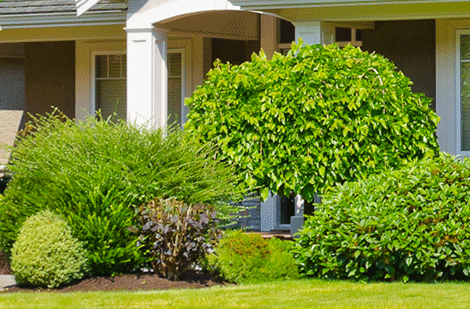
Trees and shrubs for small space landscaping
Read the articlePlusieurs critères entrent en ligne de compte lorsque vient le temps de choisir un arbre la forme, la densité du feuillage, la coloration durant les saisons et bien sûr la...
-
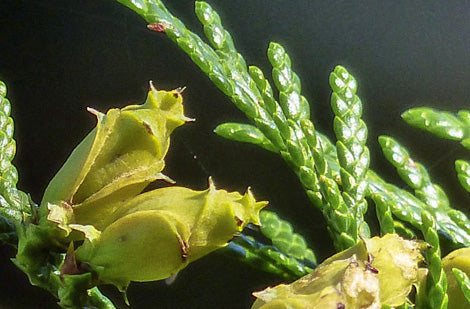
Ensure a healthy cedar hedge
Read the articleEntretenir sa haie de cèdres - arrosage, fertilisation, protection hivernale et taille. Peu exigeants, les thuyas résistent bien aux maladies et insectes
-

Pruning cuts for trees and shrubs
Read the articleWe all dream of a tree with well-distributed branches or a shrub full from its base to its top. To achieve this, they must be pruned. There are different types...
-

Cedar hedge : when and how to prune
Read the articleLes conifères n'ont pas besoin de beaucoup de taille, sauf lorsque vous les utilisez comme haies ou topiaires. Apprenez comment et quand tailler.















